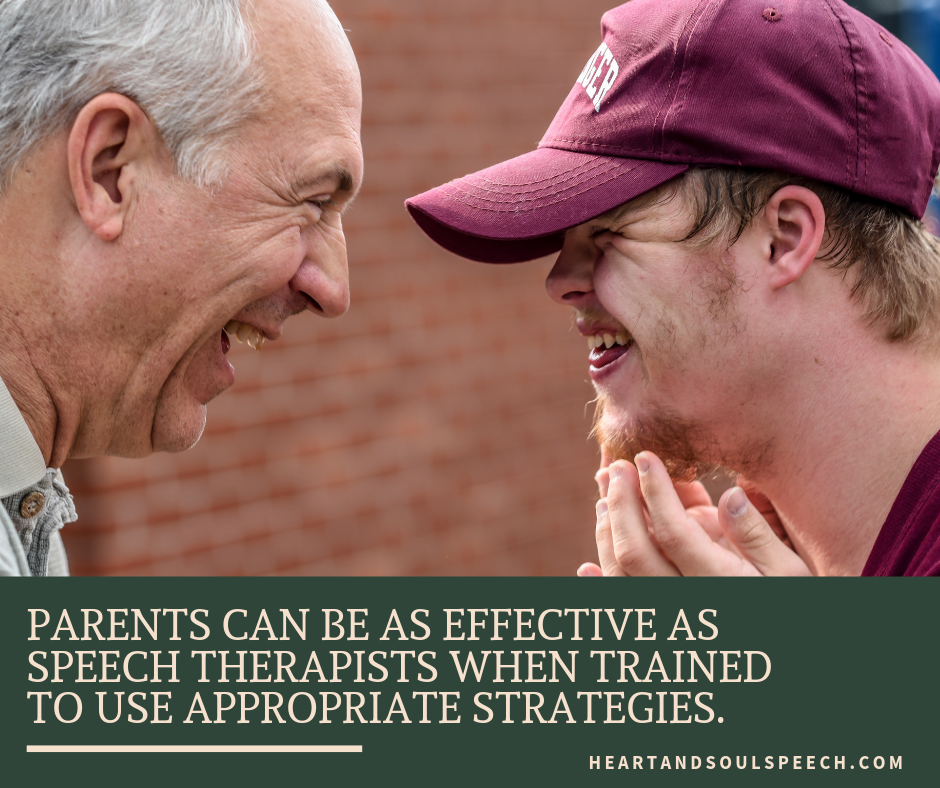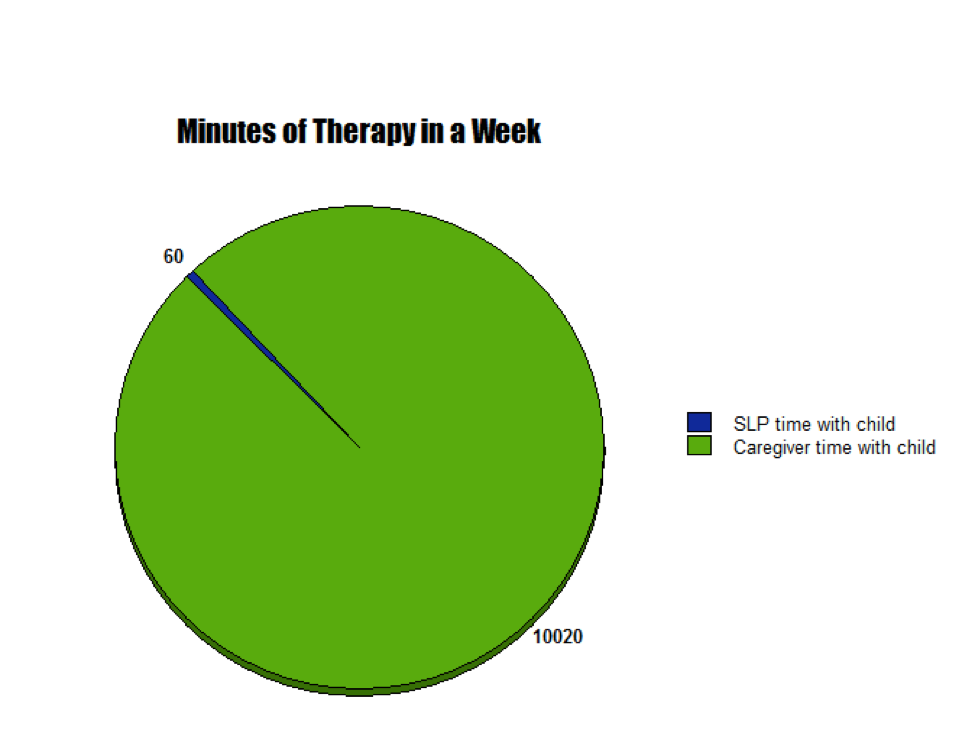What’s my role in therapy?
You’ve finished the evaluation and scheduled therapy, but now what? Caregivers who are new to therapy may be wondering “What is my role in my child’s therapy? How can I stay involved?” It’s normal to feel anxious or unsure about therapy as you begin the process, but the speech-language pathologist will be your guide!
Traditional Approach:
Parents and caregivers drop off their child for therapy, wait in the lobby, or even observe behind a two-way mirror while the SLP works with the child on goals. SLPs update caregivers on progress at end of session and give a couple strategies to practice at home.
*If you’re currently receiving this type of therapy or your child receives therapy at school, talk with your SLP about ways you can be more active in therapy and help at home!
Current Approach based on Research:
SLPs focus on teaching strategies to caregivers in a natural environment during daily routines to target the child’s goals using play and meaningful activities. Caregivers ask questions and practice strategies with SLP feedback during the session.
“Isn’t it more effective if the speech-language pathologist works directly with my child in therapy?”

When parent-implemented therapy was compared to clinician-directed therapy, research found:
- Parents can be as effective as speech-language pathologists in providing language intervention (including expression, understanding, vocabulary, grammar, etc.).
- Parents can actually have a greater impact on a child’s language skills than a SLP when working on the ability to understand language and use grammar.
- When parents use strategies from therapy in everyday routines, their child’s language skills improve. This includes children with Language Impairment, Autism Spectrum Disorder, and Developmental Delay.
Parent Coaching + Child Therapy = Best Practice
Many families I work with are surprised when the focus of therapy shifts from the child to the caregiver. Although the SLP is the expert on speech/language development and disorders, YOU are the expert on your child. You know your child better than anyone else.
There are 10,080 minutes in a week.
The SLP may only get 30-60 minutes a week with your child.
That’s 10,020 minutes left in a week for caregivers to support their child!

Ways to be involved in your child’s therapy
- Partner with the SLP to set goals and outline your priorities for your child
- Describe your daily routines and activities
- Try new strategies you see the SLP use in therapy
- Ask questions during therapy
- Be honest about what’s working and what isn’t
- Interact with your child during your daily routines (mealtime, dressing, bath, bed time, etc.)
- Respond to your child’s attempts to communicate
- As therapy progresses, your role may change depending on your child’s needs. Check in with the SLP periodically about progress and how to continue helping your child.
How do you take an active part in your child’s therapy?
If you’re looking for specific strategies to build language at home, check out our favorites here!
- Rakap, S. & Rakap, S. (2014). Parent-implemented naturalistic language interventions for young children with disabilities: A systematic review of single-subject experimental designs. Educational Research Review, 13, 35-51.
- DeVeney, S., Hagaman, J., & Bjornsen, A. (2017). Parent-implemented versus clinician-directed interventions for late-talking toddlers: A systematic review of the literature. Communication Disorders Quarterly, 1-10.
- Roberts, M., & Kaiser, A. (2011). The Effectiveness of Parent-Implemented Language Intervention: A Meta-Analysis. American Journal of Speech-Language Pathology, 20, 180–199.
